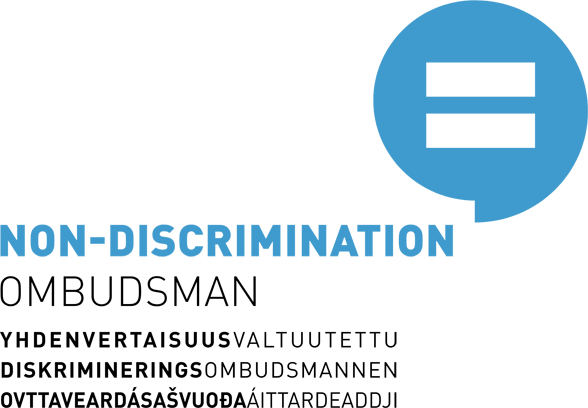Positive action
Positive action means special measures required to ensure de facto equality [linkitys yhdenvertaisuussivulle] that improve the position and conditions of persons belonging to a particular group. Provisions on positive action are laid down in the Non-Discrimination Act.
Treating everybody the same does not always guarantee de facto equality. Ensuring de facto equality may require that the special needs of groups that are particularly vulnerable to discrimination are taken into account. Positive action may be used in such cases.
Thus, under the Non-Discrimination Act, proportionate different treatment that aims to promote de facto equality, or to prevent or eliminate the disadvantages attributable to discrimination, does not constitute discrimination.
Positive action is also permitted in situations in which the aim is not directly to prevent or alleviate the negative effects of discrimination. Supporting individuals in a socially disadvantaged position may be justified even if it cannot be shown that their disadvantaged status is directly the result of discrimination. For example, positive action may be used to improve the position of people with disabilities.
Positive action is occasionally referred to as positive discrimination, which is a misleading term. Provisions on positive action and its criteria are laid down in the law and for this reason, the term ‘positive action’ (and not ‘positive discrimination’) should always be used.
Positive action promotes equality
In practice, treating everyone in a similar manner is not enough to ensure that disadvantaged groups have equal opportunities for example for education or work. In fact, people are often placed in a less favourable position because of prohibited grounds for discrimination, such as sexual orientation, ethnic origin or disability. This is often due to discrimination and prejudices inherent in the structures in society.
In fact, ensuring de facto equality may require that the needs of groups that are particularly vulnerable to discrimination are considered. Positive action is one way of promoting de facto equality and to alleviate and combat the negative impacts of structural discrimination. In other words, the purpose of positive action is to ensure that everybody can enjoy equal rights.
Positive action must be on a systematic basis
Positive action is not the same thing as favouritism, in which individuals are granted privileges in a discriminatory manner. Positive action must be proportionate to its objective. The proportionality of the measures is always assessed on a case-by-case basis.
Positive action must be applied on a temporary basis and it must be carefully measured in terms of its duration and scope. This means that positive action must end when the situation has been rectified.
Positive action must also be on a systematic basis. The following are some of the factors that are important particularly when positive action is applied in recruitment situations:
- The decision to make positive action a recruitment criterion should be made in advance and it should also be stated in the job advertisement. If the decision to apply positive action is only made when the vacancy is filled, the procedure may well be considered arbitrary.
- Positive action can be applied to individuals belonging to groups that are in a particularly disadvantaged or vulnerable position compared to other people.
- Positive action cannot mean giving automatic or absolute priority to persons belonging to underrepresented groups as the comparison between the applicants must be on an equal basis. This means that an individual belonging to an underrepresented group can be selected from among applicants that have roughly the same qualifications.
Examples of positive action:
- Language courses or other training provided for immigrants to facilitate their integration into Finnish society
- Admission quotas at education institutions for certain socially disadvantaged groups, groups at risk of discrimination, or certain minority groups
- In student selection situations involving two applicants with roughly the same qualifications, priority is given to applicants with Roma or other ethnic background when there is a shortage of employees from minority groups in that sector
- Targeted coaching for specific underrepresented groups for entrance examinations to an education institution



